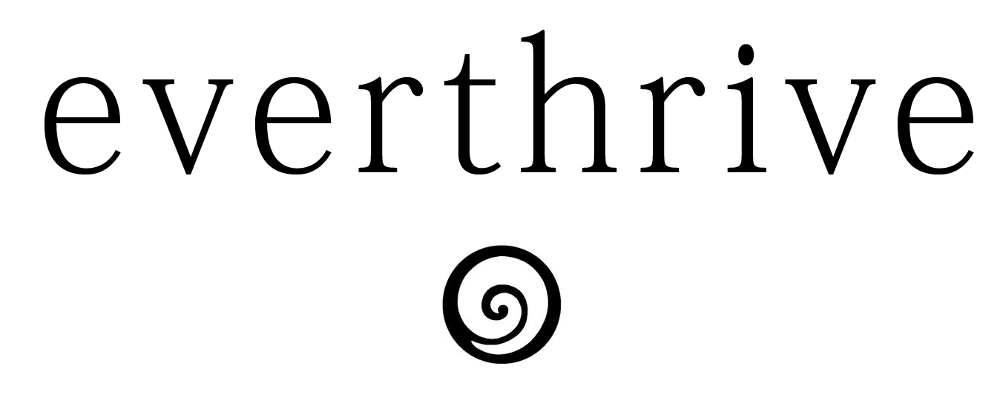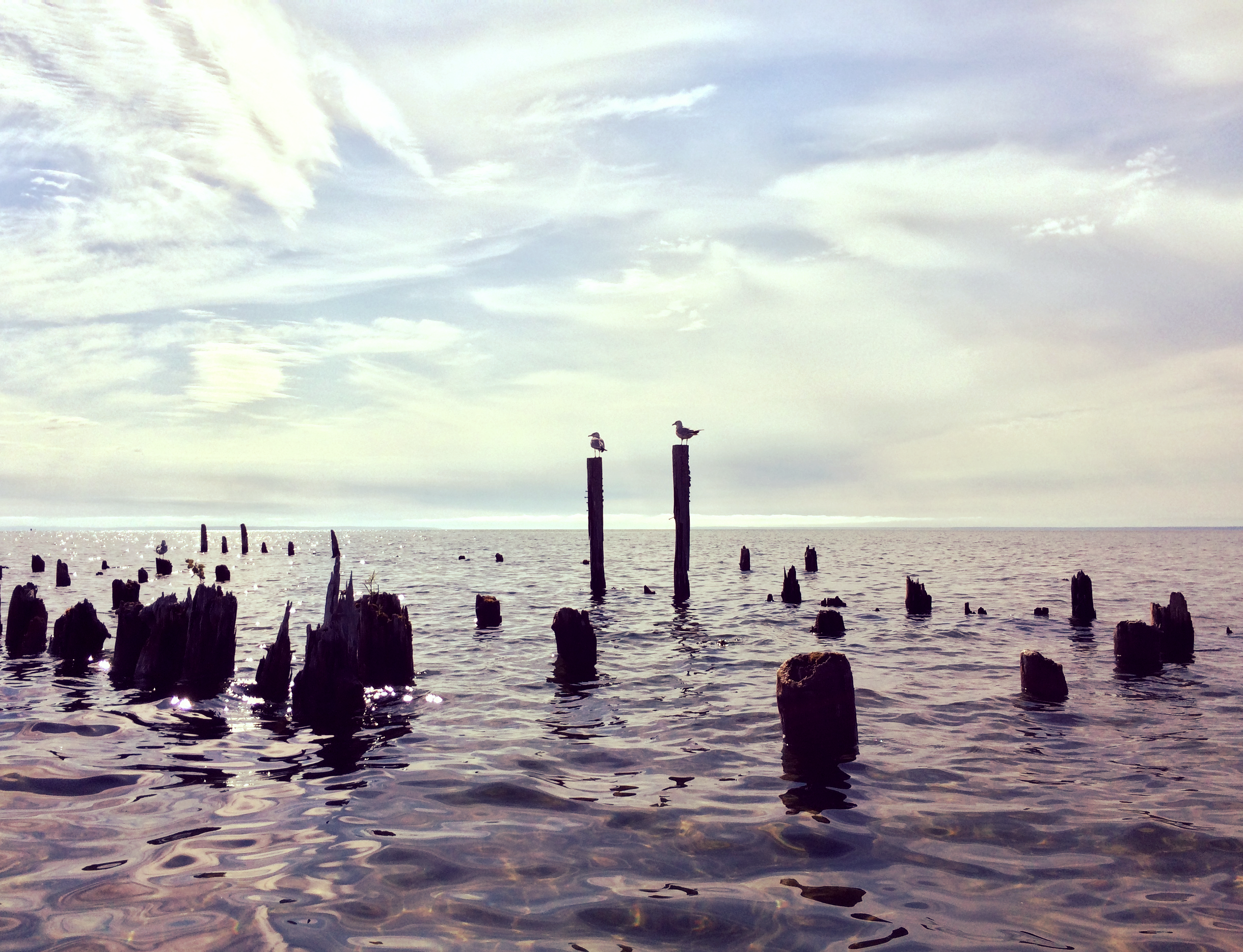Have you heard of The Mind Palace? It's a podcast that discusses what it means to live an intentional life. The show is produced by two minimalism advocates, Jessica Lynn Williams and Melissa Cain. The two women live across the globe from one another - Jessica lives in Chicago and Melissa lives in the United Kingdom - but they've conquered the distance and the time difference. At least three times a month, they meet in the digital realm to record podcasts where they candidly explore what it means to live minimally and mindfully.
Jess is also the social media manager for The Minimalists, Joshua Fields Millburn and Ryan Nicodemus. She tours with them around the world, live-tweeting and blogging from the road. She is also project manager for Minimalist.org and curator of Minimal Maxims. Heavily entrenched in the worlds of mindfulness and minimalism, she would be a great person for me reach out to.
Happily, after some emailing back and forth, I was able to connect with Jess on the topic of intentional living. We shared thoughts on how to rise above the daily grind and make the most of our minds, bodies, and souls. When I asked her, in true Everthrive fashion, "What is your favorite way to thrive?", I expected her response might concern minimalism and its main thesis of moderation, but she surprised and delighted me by going more into the heart of the matter. According to Jess, when you live out your priorities, it is easy to thrive.
Jessica Lynn Williams on Thriving
My favorite way to thrive is to live out my priorities. A while ago, I read a quote by Joshua Fields Millburn of The Minimalists about priorities. It read, “Your priorities are what you do each day.”
That was a really sobering thought. Our time is our greatest and most precious currency, and without spending that currency intentionally, we’re setting ourselves up to live a life out of alignment. So, I regularly ask myself, “Is this my priority?"
What I love about this question, is that it’s an honest way to look at the way you’re spending your life. After asking this question, I generally feel a sense of contentment so long as I’ve made good decisions that day. If I don’t feel that contentment, this is a signal to me that I need to course correct. It’s important to note that my answer isn’t always hinging on my desire to be productive. I’m reminded by a quote by the lovely Mary Oliver:
"Presence is far more intricate and rewarding an art than productivity"
If I ask myself this question while I’m getting the bath started—so long as it’s the right time—I can answer with a resounding yes, because I am taking this time to dedicate to relaxing and de-stressing, a very worthy priority. If I ask myself this question right now, I can also answer with an honest to goodness yes. I’m taking the opportunity to connect with someone who is part of my proverbial tribe (Melissa loves tribes—so Melissa that one’s for you) and start a conversation about what it means to thrive in life. If I’m out grocery shopping—I can ask myself this question, and generally I’m thinking, yes. So long as I got a good lookin’ cart filled with real, healthy foods, I can say that my priorities are in line.
One of my favorite aspects of this practice, is that it’s a fantastic antidote to anxiety. I am prone to being anxious, and one of the best ways I’ve heard of anxiety described is the feeling that you have to do everything all at once. By taking a moment to see my priorities clearly, I can give myself permission to fully immerse myself in whatever I’m doing, without getting distracted by other obligations. It gives me the opportunity to value presence.
If I ask myself this question and the answer is ‘no,' then, I think about what I can do alternatively to spend my time better. It encourages me to consider how I would like to feel, and what I can do to feel that way. If I find myself mindlessly scrolling through the holy trinity of social media (Facebook, Twitter, and Instagram) and I know that’s not a priority, I’ll instead consider how I’d like to feel and what I can do to make a good shift in my emotions. This isn’t only about feelings, and this isn’t only about a productivity hack—but it’s about living in accordance with your values, and questioning them regularly. It’s a wonderful way to get in touch with your own intuition and desires for your own life.







